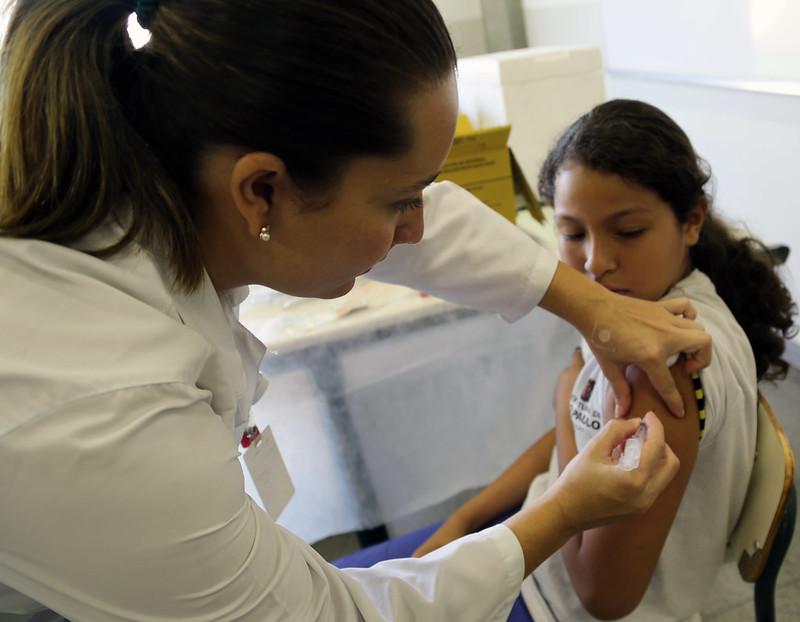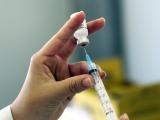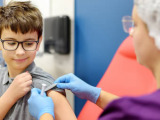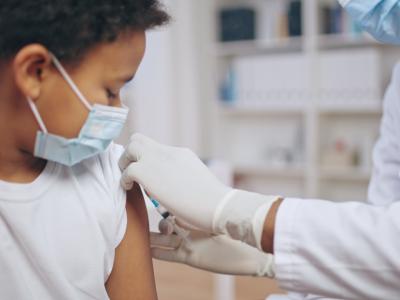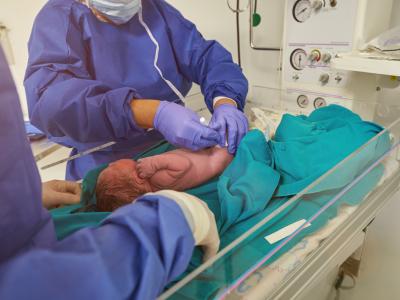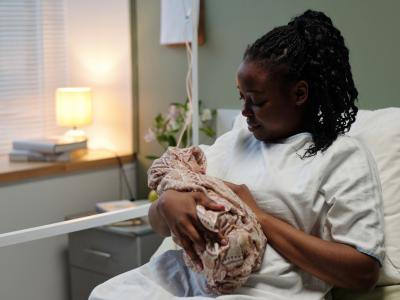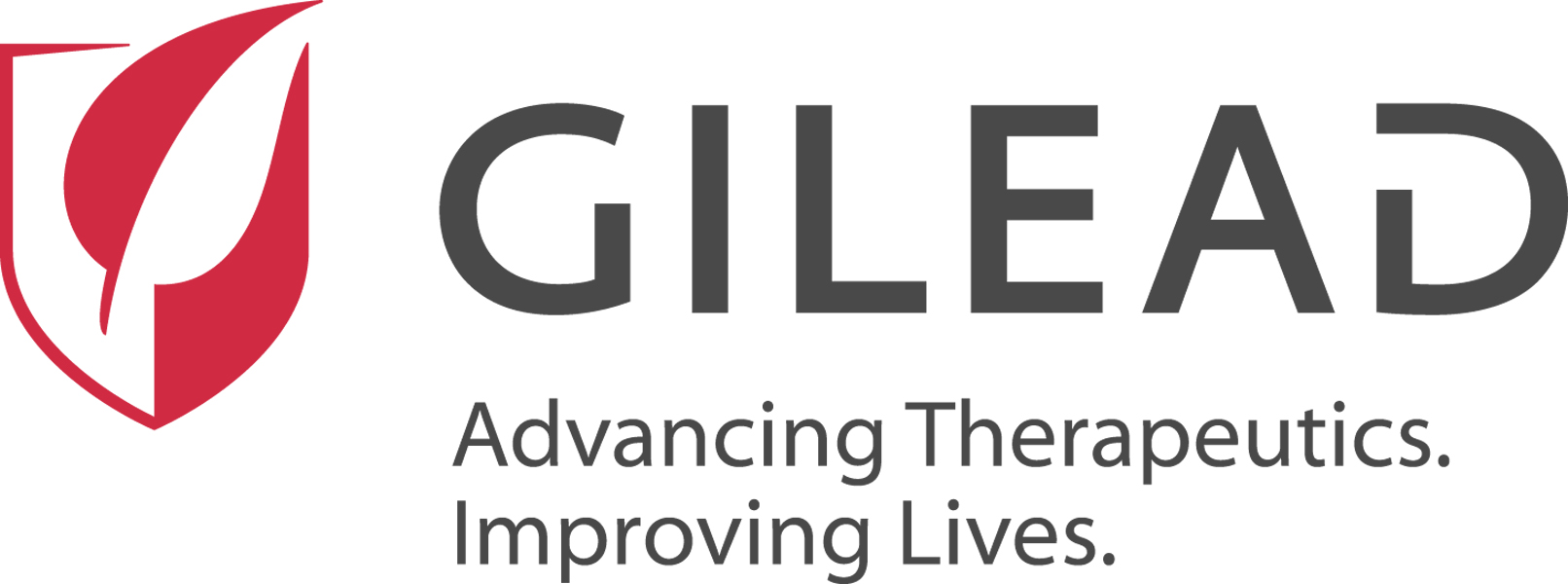The World Health Organization (WHO) global target for 2030 is for 90% of girls to complete a full human papillomavirus (HPV) vaccination series by age 15, but real-world data show that actual global HPV vaccine coverage is under 30%, according to a new study in eClinicalMedicine.
For the analysis, Chinese researchers performed a comprehensive search of the PubMed and Embase databases through February 28, 2025; various websites; and the WHO database to assess HPV vaccine policies and coverage for all 194 WHO member sites. They found that 148 member states incorporate HPV vaccination into their national immunization programs, 132 report HPV uptake data for the first dose, and 129 report data on full doses. Full vaccine uptake is two or three doses, depending on the person's age at first dose.
Vaccine uptake only 20% to 27% for girls and women
They found that 15 countries (11%) achieved 90% coverage of just the first dose. Among the nations providing data, average coverage for the first dose for girls 9 to 14 years is 62%, while full vaccine coverage is 48%. Upper-middle income countries had the highest first-dose coverage, at 72%.
The investigators then estimated HPV vaccine coverage for the entire world, including for countries that don't track data. Part of that assessment included parsing data from China and Vietnam. The researchers note that, in 2022, first-dose HPV vaccination coverage among girls aged 9 to 14 in China was only 4%, with full-dose coverage of 0.3%. In Vietnam, as of 2023, only 12% of women and girls aged 15 to 29 years received the HPV vaccine.
Addressing health inequities will require leadership at both global and national levels to improve access to HPV vaccination.
For the entire-world estimate, they conclude that the global HPV vaccination coverage rate is 27% for girls and women with the first dose and 20% for full doses. For boys and men, first-dose and full-dose coverage is 7% and 6%, respectively. And coverage by age 15 is 20% for girls receiving the first dose and 15% for the full doses. For boys, the numbers are 7% and 5%, respectively.
But the study authors note, "Time trend analysis demonstrated that in most assessed countries, cervical cancer incidence is showing a declining trend," likely owing to HPV vaccination.
Improved access needed
The authors conclude, "The introduction and widespread adoption of HPV vaccines continue to face substantial financial challenges in certain low- and lower-middle-income countries. Addressing health inequities will require leadership at both global and national levels to improve access to HPV vaccination for all women and expedite the elimination of cervical cancer as a major public health issue."
